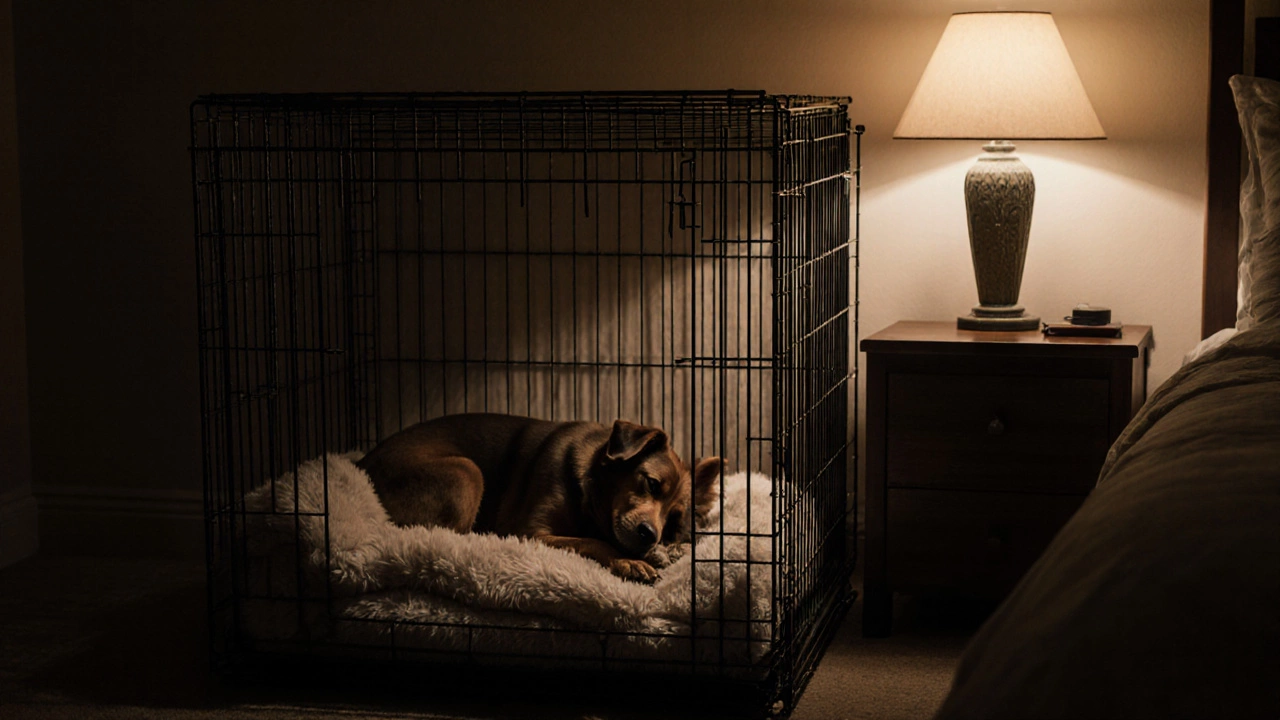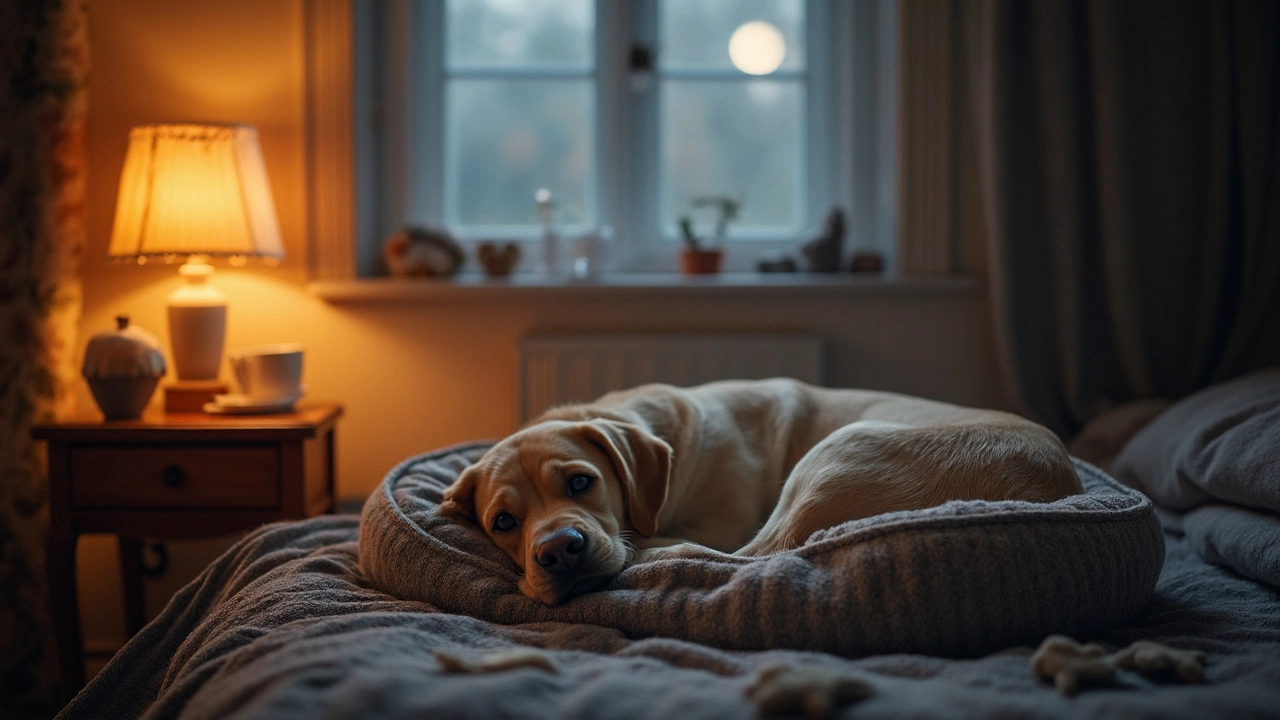Dog Sleep: How Much Rest Your Dog Needs and How to Make It Better
If you’ve ever wondered why your dog snoozes on the couch or why they sometimes toss and turn, you’re not alone. A good night’s sleep is as important for dogs as it is for people. When they get enough rest, they’re calmer, healthier, and more playful. Below you’ll find the basics of dog sleep and easy steps to help your furry friend catch better Z’s.
How Much Sleep Does a Dog Need?
Sleep needs change with age and size. Puppies and senior dogs usually need the most – about 18 to 20 hours a day. Adult dogs of medium size typically sleep 12 to 14 hours, while large breeds may get away with 10 to 12 hours. If your dog looks rested after a short nap, that’s fine. The key is to watch how they act when awake. A well‑rested dog is alert, eats well, and enjoys playtime.
Creating the Perfect Sleep Spot
Where your dog sleeps matters. A quiet corner away from drafts and loud appliances gives them a sense of safety. Choose a bed that matches their size – a bed that’s too small forces them to curl up uncomfortably, while a huge bed can make them feel insecure. Orthopedic foam works great for older dogs with joint pain, while a simple padded mat is fine for younger pups.
Keep the sleep area clean and free of strong smells. Wash the bedding regularly and avoid using harsh chemicals. If your dog likes to burrow, a blanket or a small duvet can make the spot cozier. Adding a familiar scent, like a worn T‑shirt, can also calm them.
Temperature is another factor. Most dogs are comfortable in rooms that are 60‑70°F (15‑21°C). If it gets chilly, a pet‑safe heating pad can help, but always supervise to avoid burns. In hot weather, a cool tile floor or a fan can keep them from overheating.
Common Sleep Problems and Quick Fixes
Some dogs whine, pace, or wake up frequently. This can be caused by anxiety, noise, or health issues. Try a white‑noise machine or a soft music playlist to mask outside sounds. If your dog is nervous about being alone, a pheromone diffuser may reduce stress. Always check with a vet if you notice sudden changes, as pain or illness often shows up as restlessness.
Night‑time bathroom breaks are normal for older dogs. A quick pee before bed and a water bowl set a short distance away can avoid accidents. If your dog still has accidents, consider a waterproof mattress cover for easy clean‑up.
Finally, keep a consistent bedtime routine. A short walk, a gentle belly rub, and a calm voice signal that sleep time is coming. Dogs thrive on routine, so try to start and end the day at the same times each day.
By understanding how much sleep your dog needs, giving them a comfy, safe spot, and handling any quirks early, you’ll set them up for better rest. Better sleep means a happier, healthier companion – and fewer midnight wake‑ups for you.
Dog Crate vs Bed: Which Is Best for Your Dog’s Sleep?
Explore the pros and cons of dog crates vs beds, learn how to match them to your pet’s needs, and get practical tips for a safe, comfortable night’s sleep.
Should I Turn Off the Light for My Dog at Night?
Wondering if your dog prefers sleeping with the light on or off? This article breaks down how dogs see in the dark, why lighting matters, and how nighttime light could affect your pup’s sleep and comfort. Get straightforward facts and practical tips about setting up the best sleeping environment for your furry friend. Learn what to look for if your dog seems unsettled at night. Find out what lighting setup makes dogs snooze better.

